Latency Experience

What is network latency and how does it impact user experience ?
Network latency is the delay in data transmission over a network, influenced by factors such as distance, congestion, and hardware limitations. It negatively impacts user experience in online gaming, video conferencing, streaming services, web browsing, and online shopping, leading to frustration and reduced engagement. Reducing latency through optimized network infrastructure can enhance user satisfaction.

What causes network latency ?
Network latency is a critical metric in networking, referring to the delay that data experiences when traveling between two points in a network. Understanding the causes of network latency is essential for optimizing productivity, collaboration, and user experience in today's digitally reliant world. The article delves into the various factors contributing to network latency and why it matters.

How does network latency affect online gaming ?
Network latency, or "lag," is the delay in data transmission between a player's device and the gaming server. This delay can significantly impact online gaming by affecting gameplay smoothness, multiplayer interaction, game design, and user experience. High latency can cause input delay, movement jitter, synchronization issues, communication delays, and disconnections, making games frustrating and unplayable. In contrast, low latency offers responsive controls, smooth movement, fair play, effective communication, and an immersive experience. Game developers use optimization strategies like client-side prediction and server-side interpolation to minimize latency's effects. Managing network latency is crucial for maintaining a high-quality online gaming environment.
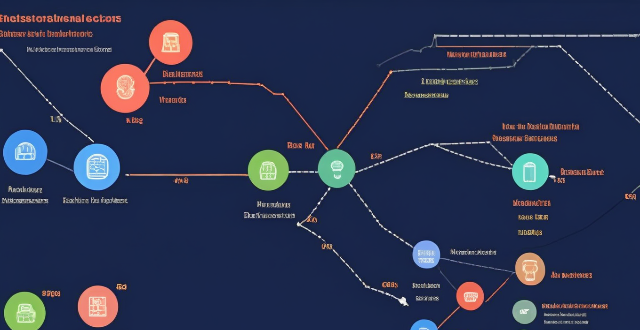
Why does my network latency fluctuate throughout the day ?
The article explores various reasons for fluctuations in network latency, including network congestion due to high traffic volume, large file transfers, and server load; physical distance and infrastructure issues related to geographical location, network hardware, and ISP differences; and local network conditions such as wireless interference, multiple devices sharing bandwidth, and malware or viruses affecting performance. It suggests ways to minimize latency fluctuations, like upgrading equipment, optimizing Wi-Fi setup, scheduling large downloads during off-peak hours, using wired connections, and scanning for malware.

How does network congestion impact latency ?
The impact of network congestion on latency can be significant and can have a negative effect on the overall performance of the network. This can include increased transmission time, higher drop rates, reduced bandwidth availability, and impacts on application performance. It is important for network administrators to monitor and manage network traffic to minimize the impact of congestion on latency and ensure that applications continue to function properly.
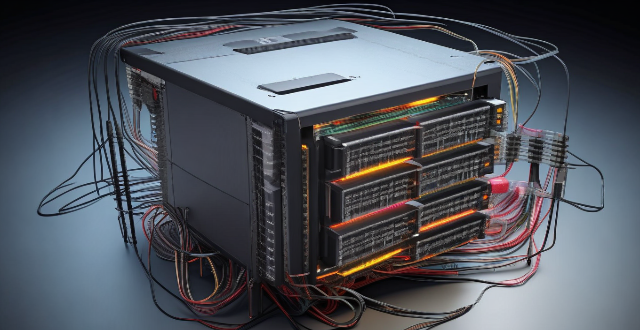
What is considered high network latency ?
High network latency is a delay in data transmission that can negatively affect the performance of applications and services. It is influenced by various factors such as distance, congestion, hardware performance, bandwidth limitations, QoS settings, and interference. The definition of high latency varies depending on the context, but it is generally considered to be any delay that significantly impacts the usability of applications or services. Identifying high network latency can be done using tools like ping tests or traceroute commands. Mitigating high network latency can involve upgrading hardware, increasing bandwidth, optimizing QoS settings, reducing physical distance, and minimizing interference.

Is there a way to measure network latency ?
Measuring network latency is crucial for understanding a network's performance. The ping test, traceroute, and online tools are methods to measure latency. Ping tests estimate the round-trip time, while traceroute identifies bottlenecks in the network path. Online tools provide visual representations of network performance.

Are there any tools to help diagnose network latency issues ?
Network latency issues can be frustrating and detrimental to the performance of applications and services. Fortunately, there are several tools available that can help diagnose and troubleshoot these issues. Some popular tools used for network latency diagnosis include Ping, Traceroute, MTR (My Traceroute), Netstat, Tcpdump, and Wireshark. Each tool has its own strengths and weaknesses, so it's important to choose the right one based on your specific needs and circumstances. By using these tools effectively, you can identify and resolve latency problems quickly and efficiently.
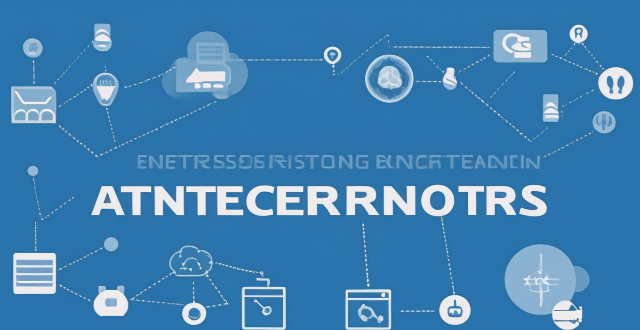
Can upgrading my internet package reduce network latency ?
The text discusses the topic of network latency and whether upgrading an internet package can reduce it. It outlines various factors affecting network latency, including ISP infrastructure, type of connection, location, and network devices. The text then explores different upgrade scenarios, such as moving from DSL to fiber optic or increasing bandwidth, and their potential impact on reducing latency. It concludes that while upgrading can potentially reduce latency, the specifics of each situation should be considered before deciding to upgrade.
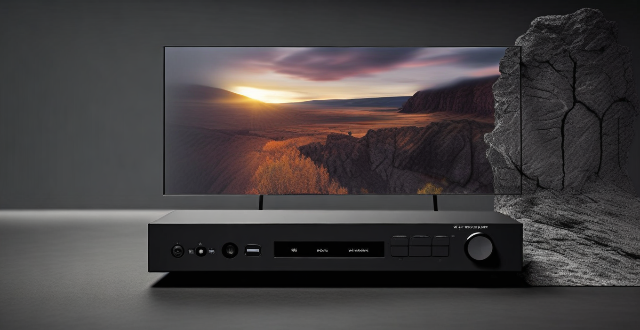
What are the effects of network latency on video conferencing ?
Network latency can have significant impacts on video conferencing, including audio and video delays, reduced quality of service, increased frustration and disruptions, and missed opportunities for collaboration. To minimize these effects, it is important to ensure stable and reliable internet connections and use high-quality software and hardware.

How can I reduce network latency in my home ?
To reduce network latency in your home, check your internet speed, upgrade your router, use wired connections, optimize router settings, limit bandwidth hogs, place your router strategically, use a Wi-Fi extender or mesh network, and close unused applications and tabs.
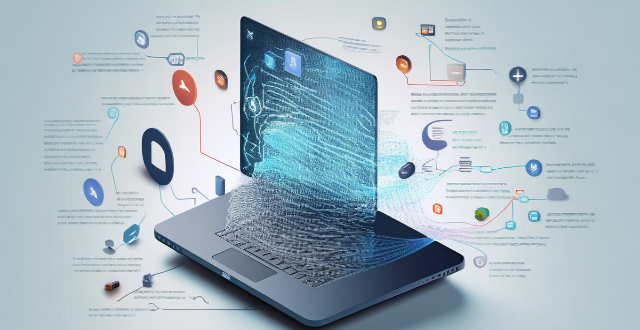
What is the latest advancement in mobile communication technology ?
The latest advancement in mobile communication technology is the **5G network**, promising faster speeds, lower latency, and more reliable connections. Key features include increased speed, reduced latency, improved reliability, enhanced coverage, and network slicing. Benefits of 5G technology include faster download and upload speeds, better video call quality, improved IoT connectivity, enhanced gaming experience, and autonomous vehicles.
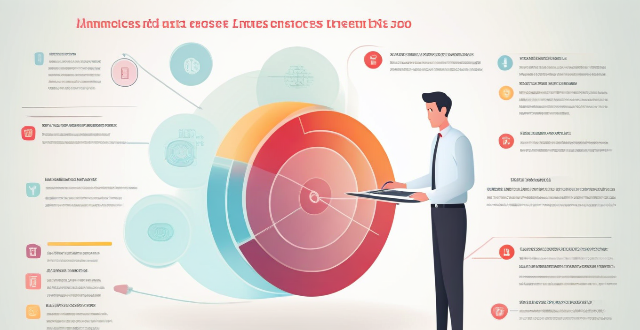
How does network expansion impact customer experience ?
Network expansion improves customer experience by increasing coverage, reducing disconnections, boosting speed and reliability, and enhancing accessibility to services and devices.

Will upgrading my broadband improve my online gaming experience ?
Upgrading broadband can enhance online gaming by reducing latency and increasing speeds, stability, and bandwidth, leading to smoother gameplay and fewer disruptions. However, it is important to consider costs, hardware compatibility, provider options, and potential trial periods before deciding on an upgrade.

Is it better to use a wired or wireless connection for gaming consoles ?
When it comes to gaming consoles, the choice between a wired and wireless connection can significantly impact your gaming experience. Wired connections typically offer faster speeds, lower latency, and more stable connections but limit mobility and can create a cluttered setup. Wireless connections allow for increased mobility and a cleaner setup but may have slower speeds, higher latency, and potential interference from other devices. The choice between a wired and wireless connection depends on your specific needs and preferences, such as the type of games you play and the layout of your home.
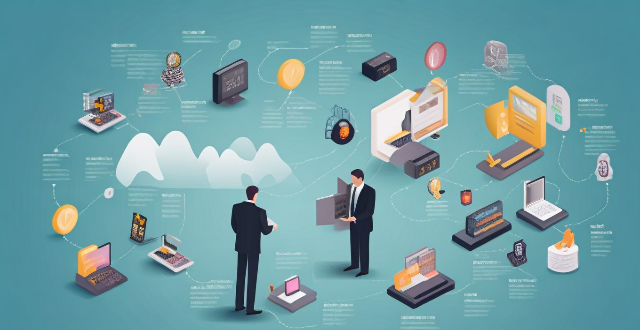
What impact has 5G technology had on the telecommunications industry ?
The advent of 5G technology has revolutionized the telecommunications industry, offering faster speeds, lower latency, and increased capacity. Key impacts include enhanced mobile broadband, ultra-reliable low-latency communications, and massive Internet of Things connectivity. These advancements have led to changes in network infrastructure, service innovation, economic growth, and social development. However, challenges such as coverage limitations, compatibility issues, spectrum allocation, and security concerns need to be addressed. The full potential of 5G is yet to be realized but holds immense promise for positive change across various sectors.

What is 5G network and how does it work ?
The 5G network is the fifth generation of mobile networks, offering significant improvements in speed, capacity, and responsiveness over its predecessor, 4G. It utilizes higher frequencies, advanced antenna technology, and reduced latency to provide enhanced mobile broadband, lower latency, increased reliability, massive IoT connectivity, and improved energy efficiency. The rollout of 5G worldwide is expected to enable new applications and services that were not possible with previous network technologies.

How will 5G change the entertainment industry ?
The advent of 5G technology is set to revolutionize various sectors, including the entertainment industry. With its faster speeds, lower latency, and increased connectivity, 5G promises to transform how content is created, distributed, and consumed. In this article, we will explore the potential changes that 5G can bring to the entertainment industry. One of the most significant changes that 5G will bring to the entertainment industry is an enhanced streaming experience. With 5G's faster download and upload speeds, users can enjoy high-quality video and audio content without buffering or lag issues. This means that viewers can watch their favorite movies, TV shows, or live events in real-time, with no interruptions. Moreover, 5G's low latency ensures that there are minimal delays between the broadcaster and the viewer, making it ideal for live streaming events such as sports games or concerts. Another area where 5G can have a profound impact is in virtual reality (VR) and augmented reality (AR) experiences. These technologies require high bandwidth and low latency to function effectively, which makes them perfect candidates for 5G networks. With 5G's capabilities, VR and AR experiences can become more immersive and realistic than ever before. For example, users could attend virtual concerts or sporting events from the comfort of their homes, feeling as if they were actually there. Additionally, AR applications could be used to enhance traditional media by adding interactive elements to books, magazines, or even billboards. Cloud gaming is another area where 5G can make a significant difference. With 5G's fast speeds and low latency, gamers can play high-quality games without needing powerful hardware devices. Instead, they can stream games directly from the cloud, using their smartphones, tablets, or even smart TVs as controllers. This means that gamers no longer need expensive consoles or PCs to enjoy their favorite games; they only need a stable internet connection and a compatible device. Moreover, cloud gaming opens up new opportunities for developers to create more complex and immersive games without worrying about hardware limitations. Finally, 5G can also enable more interactive content creation and consumption. With 5G's increased connectivity and faster speeds, creators can produce interactive videos, podcasts, or other forms of media that allow viewers to engage with the content in real-time. For example, viewers could participate in polls or quizzes during live shows or interact with characters in a movie through AR features on their devices. This level of interactivity not only enhances the viewing experience but also creates new opportunities for advertisers looking to reach engaged audiences.

What is the significance of server location in optimizing network performance ?
Server location is crucial for optimizing network performance, as it affects latency, network reliability, and data transfer times. By locating servers closer to users, organizations can reduce the distance that data has to travel, resulting in fewer hops and less time spent in transit. This leads to reduced latency, faster load times for websites and applications, and improved video conferencing or gaming experiences. Additionally, having servers located near users can help reduce network congestion and improve overall network reliability. Therefore, organizations should consider server location when designing their networks and choosing hosting providers.

How fast is the 5G network compared to 4G ?
The fifth generation of wireless systems (5G) is significantly faster than the fourth generation (4G). The speeds achievable with 5G can vary depending on several factors, including network congestion, device capabilities, and the specific technology implementation. However, here are some general comparisons to give you an idea of the differences: - Download Speeds: Typical download speeds for 4G can range from 10 to 50 Mbps (Megabits per second), while with 5G, download speeds can start around 100 Mbps and can go up to multiple Gbps (Gigabits per second), with peak theoretical speeds reaching as high as 20 Gbps. - Latency: Latency in 4G networks typically falls between 30 to 50 milliseconds, while one of the major improvements with 5G is its reduced latency, which can be as low as 1 millisecond. - Bandwidth and Capacity: While 4G offers sufficient bandwidth for many current applications, it can struggle under heavy loads or during high-traffic events, while 5G is designed to handle much higher capacity and density of connections, making it better suited for crowded areas and large-scale deployments. With faster speeds and lower latency, streaming services can offer higher resolutions with less buffering, meaning smoother playback for 4K and even 8K video content. 5G's low latency makes it ideal for Augmented Reality (AR) and Virtual Reality (VR) experiences that require real-time interactions without delays. 5G can connect many more devices simultaneously than 4G, facilitating the growth of smart cities, autonomous vehicles, and other IoT applications. Improved network reliability and coverage mean fewer dropped calls and better performance in rural or remote areas. In summary, while 4G has been a transformative technology that has enabled mobile internet access on a large scale, 5G promises to take connectivity to the next level with speeds that are potentially dozens of times faster and latency that is nearly imperceptible. These advancements open up new possibilities for various industries and technologies that were not feasible with 4G.

How does satellite communication compare to other forms of communication ?
Satellite communication offers global coverage, high capacitySatellite communication offers global coverage, high capacity higher latency and initial costs and reliability but has higher latency and initial costs compared to terrestrial and wireless communication. Terrestrial communication provides lower latency and moderate reliability at a lower cost, while wireless communication offers convenience and portability at a variable cost. Satellite communication is suitable for remote areas and sensitive applications due to its security features.

Which Asian countries should I visit for a cultural experience ?
Asian countries offer a diverse range of cultural experiences, including festivals, traditional practices, and historic landmarks. Recommended destinations include Japan's Kyoto and Tokyo, China's Beijing and Shanghai, India's Delhi and Agra, Thailand's Bangkok and Chiang Mai, Vietnam's Hanoi and Ho Chi Minh City, and South Korea's Seoul and Busan. Each country offers unique cuisine and activities for travelers seeking a rich cultural experience.
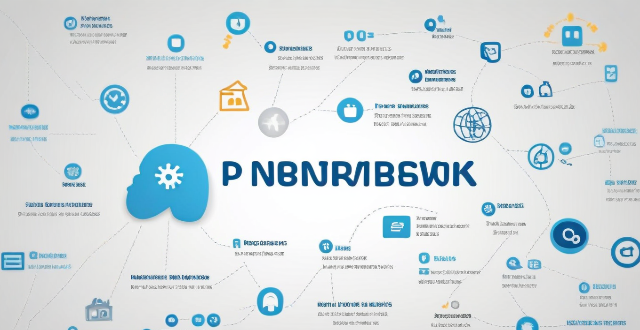
How do QoS (Quality of Service) settings enhance network performance ?
Quality of Service (QoS) settings enhance network performance by prioritizing traffic, allocating bandwidth, managing congestion, and improving user experience. This is achieved through mechanisms such as traffic prioritization, bandwidth allocation, congestion management techniques, shaping and policing, and improved user experience. By implementing QoS strategies effectively, network administrators can ensure that critical applications receive the necessary resources and achieve optimal network performance.
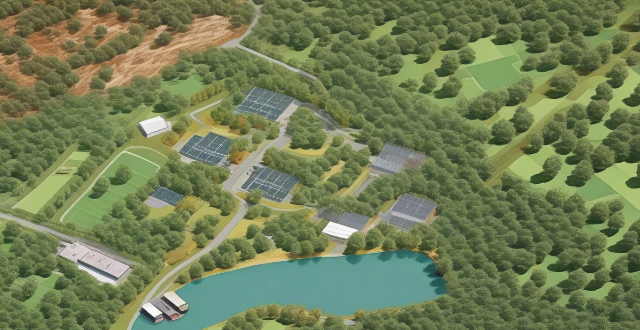
Where can I find the best skydiving experience ?
Skydiving is an exhilarating sport that offers a thrilling freefall experience from great heights. If you're looking for the best skydiving experience, consider factors such as location, safety measures, and cost. Top destinations include Florida in the USA, New Zealand, Switzerland, and South Africa, each offering unique landscapes and experiences. Remember to prioritize safety by choosing reputable skydiving centers with experienced instructors and proper equipment.

How can I book local experience activities online ?
### How to Book Local Experience Activities Online Booking local experience activities online involves several steps, from identifying your interests to making a reservation on an online platform. Here's a detailed guide: 1. **Identify Your Interests**: Determine the type of local experiences you're interested in, such as food tours, cooking classes, historical walks, outdoor adventures, or cultural workshops. 2. **Research Online Platforms**: Look into platforms like Airbnb Experiences, GetYourGuide, Viator, Klook, and TripAdvisor that offer a wide range of activities led by local hosts. 3. **Read Reviews and Ratings**: Before booking, read reviews and ratings from previous participants to gauge the quality and authenticity of the experience. 4. **Check Availability and Booking Terms**: Ensure the activity is available on your desired date and time, and review booking terms including cancellation policies and any requirements. 5. **Make the Reservation**: Select your preferred date and time slot, provide participant details, and enter payment information to secure the booking. 6. **Confirmation and Preparation**: After booking, receive a confirmation email with details about the activity, meeting point, and special instructions. Use this information to prepare for the experience. 7. **Enjoy Your Local Experience**: Arrive at the designated location on time, engage with the host and other participants, and immerse yourself fully in the activity. Take photos to remember the experience by.

How much do local experience activities usually cost ?
The cost of local experience activities can vary widely depending on factors such as location, duration, exclusivity, group size, timing, and inclusions. Guided walking tours, workshops, cultural events, and outdoor adventures all have different price ranges, but there are ways to save money such as booking in advance, taking advantage of group discounts, combining tickets, looking for local deals, and exploring free options. By considering these factors and utilizing tips for saving money, you can enjoy enriching experiences without breaking the bank.

How can technology be used to enhance the food festival experience ?
Technology can enhance the food festival experience by offering convenience, customization, real-time updates, and interactive experiences. Online ordering platforms allow attendees to avoid long queues and have food delivered directly to their location. Mobile apps provide features like interactive maps, push notifications, and feedback systems. VR/AR technologies offer immersive experiences such as virtual food tours and interactive cooking classes. Incorporating these technological advancements into event planning can create a more enjoyable and memorable experience for all attendees while increasing engagement with the brand.
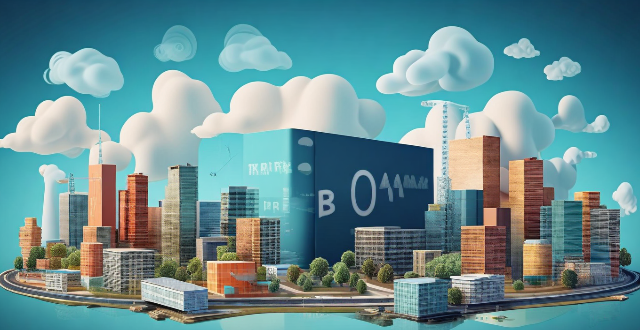
How does Fintech improve customer experience in banking ?
Fintech has transformed the banking industry by providing innovative solutions that improve customer experience. It offers personalized services, faster transactions, enhanced security, and innovative features. Fintech companies provide a seamless user interface, personalized financial advice, customized products, faster transactions, instant access to information, streamlined processes, robust security measures, transparent fees, regulatory compliance, mobile payments, peer-to-peer lending, crowdfunding, and exploration of cryptocurrencies and blockchain technology. These advancements have significantly improved customer experience in banking and will continue to shape the future of banking as technology evolves.

What makes a hotel considered a "luxury" experience ?
**What Makes a Hotel Considered a "Luxury" Experience?** A luxury hotel experience is defined by several key factors that set it apart from standard accommodations. These factors are often the result of meticulous attention to detail, exceptional service, and the incorporation of high-end amenities and features. Let's delve into the specifics of what makes a hotel considered luxurious: 1\. Exceptional Service: Personalized attention, professionalism, and courtesy are paramount. This includes butler services, anticipatory service, 24/7 concierge, polite and efficient staff, and multilingual capabilities. 2\. High-Quality Accommodations: The focus is on comfort and elegance. Room amenities include premium bedding, luxurious toiletries, and advanced in-room technology. Design and decor are tasteful, with spacious layouts. 3\. Exclusive Amenities: On-site facilities like fine dining restaurants, full-service spas, and state-of-the-art fitness centers set these hotels apart. Special features such as infinity pools and private beaches or pools add to the indulgence. 4\. Unique Experiences: Bespoke activities and extraordinary events make each stay memorable. Customized excursions and cultural immersion opportunities cater to individual interests. 5\. Location and Accessibility: Prime locations in iconic settings or with easy accessibility to major attractions define luxury hotels. Privacy and security measures ensure guest safety and peace of mind. 6\. Attention to Detail: Consistency in quality, environmental considerations, and thoughtful touches elevate the luxury experience. Immaculate cleanliness, sustainability practices, and personalized services make each stay exceptional. In summary, a luxury hotel experience is characterized by superior service, elegant accommodations, exclusive amenities, unique experiences, prime locations, and consistent attention to detail. It's about creating an environment where guests feel pampered and catered to at every turn, making their stay memorable and exceeding their expectations.
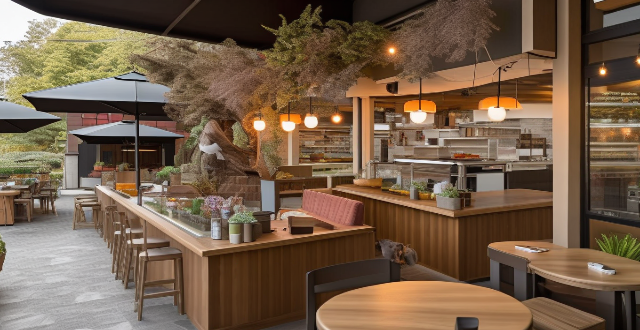
What are some must-try local experience activities in Tokyo ?
Tokyo offers a variety of local experience activities that cater to different interests, including sushi making classes, tea ceremonies, ninja training, kimono experiences, sake tasting, Sumida River cruises, traditional craft workshops, ramen museum and cooking class, robot restaurant show, Harajuku street fashion tour, baseball game at Tokyo Dome, Tsukiji Fish Market tour, Asakusa Temple and traditional shopping street, Kabuki theatre performance, and Odaiba Beach and DiverCity Tokyo Plaza. These activities provide an authentic Tokyo experience and allow visitors to fully appreciate the diverse facets of Tokyo's vibrant lifestyle.